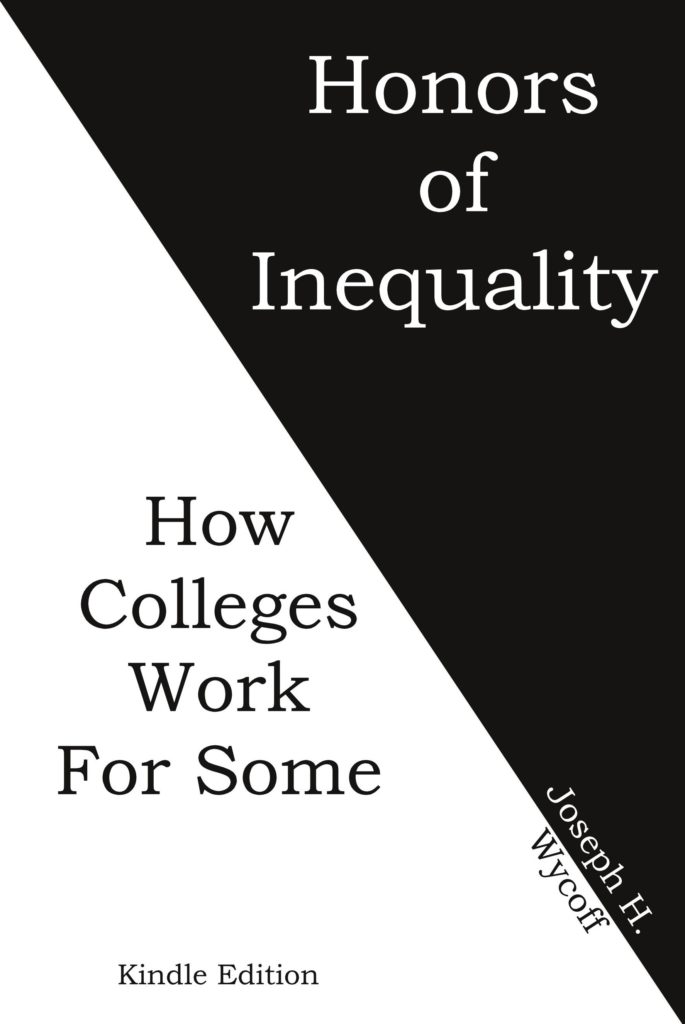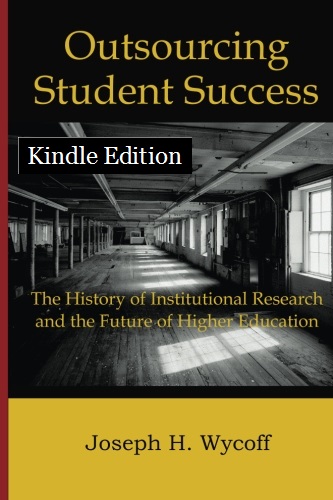Note: Posted September 17, 2020. During the Coronavirus quarantine, we let lapse our weekly higher education news letter to focus on an interim institutional research appointment, reading to mom, and promoting our latest work, Honors of Inequality. As we catch up on six months of higher education news over the next few weeks, we will focus (almost exclusively) on referencing articles that address how the coronavirus pandemic and systemic racism will effect higher education in the future.
| International |
Telecommunication firms help in shift to online learning | Telecommunications companies are partnering with governments to help with the shift to online and distance learning as universities shut down campuses to limit the spread of the coronavirus.
An opportunity to change international higher education? | Practitioners may also rethink the utility of mammoth fares, annual conferences and regional summits and creatively discover ways in which learning could be meaningfully shared, allowing for greater access and embracing new articulations around impact.
[Student] Union opposes online classes as ‘violation of equality’ | In a statement on 22 March, the General Tunisian Union of Students (UGET) rejected the proposal of the Ministry of Higher Education and Scientific Research to deliver university and other educational courses through online learning as a violation of the principle of equality and equal opportunity because not all students have personal computers, tablets, smartphones or reliable internet access.
| U.S. National |
US colleges scrambled to react to the coronavirus pandemic. Now their very existence is in jeopardy. | All of those changes could threaten colleges’ existence. Parents and students are demanding refunds for shortened semesters in the dorm. The value and quality of an elite college education is under scrutiny as universities pivot to makeshift online classes. And it’s unclear how students will view colleges once the crisis is over and they’re welcomed back on campuses.
America Already Had a Skills Crisis. Then the Coronavirus Hit. | As a nation, without a focused strategy to address the educational needs of America’s children and youth, we run the risk of a significant spike in special education, drop-out rates, and a steep decline in high school and especially college completion rates. This challenge can’t be addressed by simply reopening school doors or reducing college costs. We must plan to address this challenge now. We need to begin reengineering our education system with new and innovative investments at state, local, and especially federal levels. The goal should be to increase not only the time for instruction but the ways in which educators can respond in innovative and creative ways to the increased needs of the nation’s students as a result of this massive disruption.
The dilemma surrounding online-only education | Among the doubters is Senator Elizabeth Warren. According to a Feb. 5 Inside Higher Ed story, Warren–along with Senator Sherrod Brown–addressed a letter to CEOs of five online program management companies (OPMs) that “questioned the legality of the business practices” of the companies. The senators asked CEOs to defend industry practices such as “tuition sharing.” In this model, the OPMs recruit students on behalf of their clients, who then return a share of the tuition received. Some providers of online classroom technology also offer these sorts of services to institutions, suggestive of an impermissible link between the ideals of education and the conditions of the market.
Will They Return? | On paying for college, 23 percent of the sample said they have a high level of confidence in their ability to afford college. That’s down from 32 percent who said they had a high level of confidence before the pandemic took hold. And 17 percent of students are not at all confident they can afford college now, up from 11 percent before the outbreak. Those last numbers are higher for those for minority or poor students.
| U.S. States and Territories |
With COVID-19 impacts weighing on their minds, Utah regents OK tuition hikes at most colleges | A task force comprised of regents, institutions and others met multiple times over the past three months to develop a model for affordability based on the work of the Lumina Foundation and the Kem C. Gardner Institute. The task force developed a definition that was adopted by the board after a slight amendment to address student debt…“Affordability is the ability of a traditional full-time Utah student from a family of four to cover the cost of attendance at a USHE institution while living at home with financial aid, reasonable family savings and the student contributing 10 hours of weekly work earnings and without incurring student debt.” The statement is intended to guide a future higher education governing board with respect to tuition and fee increases.
Community College Leaders Worry COVID-19 Crisis Will Push Students To Drop Out | Some Glendale College professors said about one in 10 students haven’t shown up to online class. Bowerman, who’s teaching one history class this semester, said an additional 10% percent are struggling to cope emotionally or having problems with technology. “So what faculty are encouraged to do is try over the next couple of weeks to engage them. And if you can’t engage them, if they’ve seemed to disappear we’re going to drop them from our classes so they don’t get a fail,” he said.
| Institutional |
Helena College begins remote learning | Breitbart reported that the first day of remote learning was going well and noted that the administrative team had been sending regular emails to the campus community with updates and information on what to expect moving forward. “This coupled with the outreach from instructors with details on how their classes would move forward, has made for a smooth first day of delivering coursework and support services remotely,” she said.
Equity Audits Should Be Commonplace | This is where equity audits come in. What are each of these institutions doing that help, or fail to help, their student’s outcomes? For instance, are students receiving the support they need from professors, administrators, writing centers and counseling services? Is the faculty as diverse as the student population it serves? How do financial aid and cost play roles? Colleges must examine what policies and procedures contribute to these outcomes, and equity audits can help to answer such questions.


